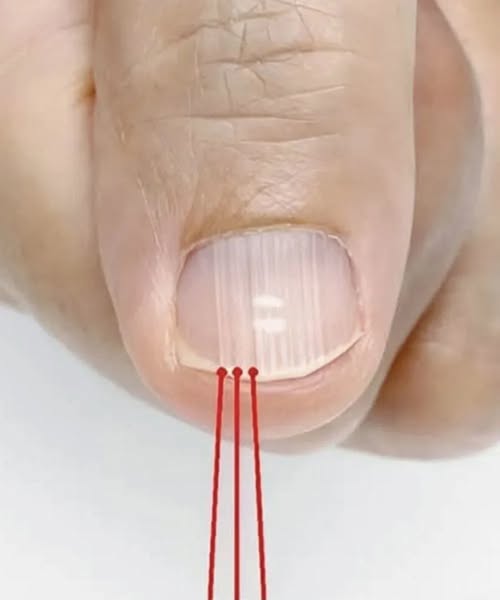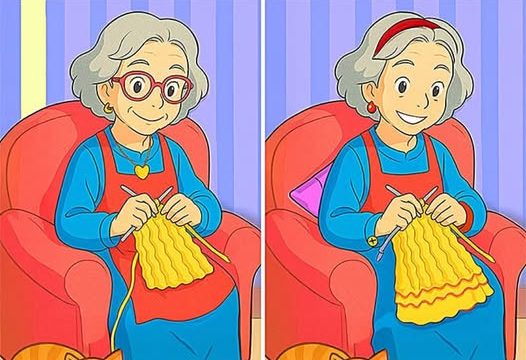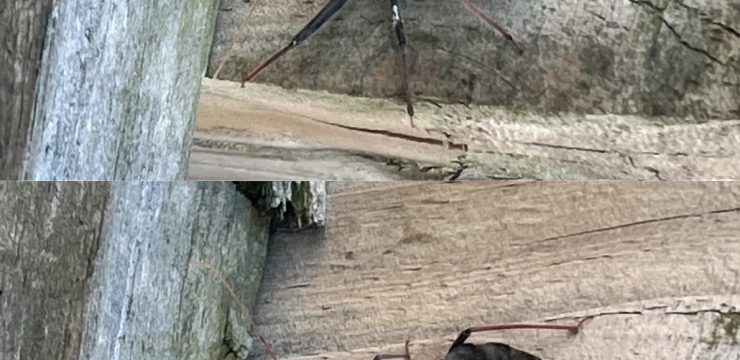As we age, our bodies naturally go through a variety of subtle changes that we often don’t notice until they appear in surprising places, like our fingernails. One such change that becomes more common after the age of 40 is the development of vertical ridges that run from the base of the nail near the cuticle all the way to the tip.

These faint lines, medically referred to as longitudinal striations, are usually harmless and considered a normal part of aging. For most people, they’re simply a reflection of shifting biology rather than a sign of any serious health concern. However, while generally benign, these nail changes can sometimes offer valuable clues about your overall health, particularly in relation to hydration, nutrition, and internal balance. One of the most common causes of these vertical ridges is a decline in keratin production. Keratin is a protein that plays a crucial role in giving your nails their strength, structure, and smooth texture.
As we grow older, our bodies naturally slow down the production of keratin, which can result in nails that look more uneven or ridged than they did when we were younger. Alongside the decline in keratin comes moisture loss. Just like skin, nails can become drier over time, and habits like frequent hand washing or exposure to harsh cleaning products can make this issue worse. Drier nails are more brittle and more susceptible to forming those visible vertical lines. While the development of ridges is often attributed to aging alone, there are cases where they may point to underlying nutritional deficiencies.
As we get older, the body’s ability to absorb essential nutrients may decline, even if we’re eating well. A shortage of key vitamins and minerals may manifest in the condition of our nails. Important nutrients that support healthy nails include biotin, which is vital for keratin production; iron, which helps oxygenate the cells in the nail bed; magnesium, which is necessary for cell function; and zinc, which aids in the repair and growth of nail tissue. If your body isn’t getting or absorbing enough of these nutrients, it can lead to weak, brittle, or ridged nails over time. While vertical nail ridges are usually nothing to worry about, certain additional changes in your nails could suggest something more serious and warrant medical attention.
You should consult a healthcare provider if your nails exhibit unusual discoloration—like turning yellow, blue, or brown—or if they start to thicken, crumble, or split without explanation. Redness, swelling, or sudden and significant changes in nail texture may also be cause for concern. In rare instances, nail abnormalities may be linked to thyroid dysfunction, poor circulation, or autoimmune diseases like rheumatoid arthritis. Fortunately, keeping your nails healthy after 40 doesn’t have to be complicated. There are several simple yet effective habits you can incorporate into your daily routine to support strong, smooth nails. Start by staying hydrated; drinking enough water throughout the day and using a moisturizing hand cream or cuticle oil can make a noticeable difference. Make sure your diet includes nutrient-rich foods that are high in protein, healthy fats, and essential vitamins and minerals. When doing household chores, protect your hands with gloves to prevent exposure to chemicals and excessive moisture. Handle your nails gently—avoid over-filing or aggressive buffing, and always trim them straight across rather than rounding them off. If your nails are particularly weak, you might consider asking your doctor about biotin supplements. Also, avoid nail polish removers that contain acetone, as they can further dry out your nails and increase brittleness. In the end, vertical nail ridges are usually nothing more than a natural sign of aging. They don’t necessarily indicate a health problem, but they do provide subtle insight into how your body is doing. By paying attention to your nails and adopting a few thoughtful habits, you can maintain their health and appearance well into your later years.





